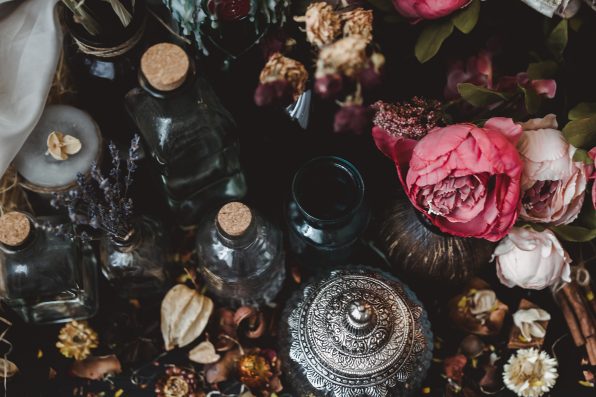The Affair Of The Poisons Caused Twice As Many Deaths As The Salem Witch Trials, Which Occurred About A Decade Later

In the seventeenth century, King Louis XIV of France was the reigning monarch over the richest country in Europe.
He held an extraordinary amount of power and had many people at his feet, eager to win his favor. When money and power are involved, people will go to extreme lengths to obtain a chunk of that wealth.
In the late 1660s and early 1670s, many French nobles suddenly and unexpectedly dropped dead. Autopsy reports revealed that the insides of their bodies had been deteriorated and blackened.
When the Parisian police discovered a plot to poison the king, a mass panic over witchcraft seized the royal court. It led to the arrests of well-known French aristocrats and the witches they were associated with.
A total of 194 people were arrested, and 36 were publicly executed. The scandal became known as the “Affair of the Poisons” and has been deemed one of the largest witch trials in history.
It actually caused twice the deaths as the Salem witch trials in Massachusetts, which occurred about a decade later.
The Affair of the Poisons started with a murder case involving a beautiful, wealthy woman named Marie de Brinvilliers.
She struck up a relationship with military captain Godin de Sainte-Croix. However, her father did not approve of the affair and had him thrown into prison.
While in prison, Sainte-Croix met a “master poisoner” named Egidio Exili and apparently learned some skills from him. When he was released, Sainte-Croix and de Brinvilliers went on a poisoning spree.

Volha – stock.adobe.com – illustrative purposes only
They experimented with different substances, testing out their toxic concoctions on unsuspecting hospital patients.
After perfecting the creation of an odorless, tasteless poison that could not be traced, de Brinvilliers used it to poison her father and two brothers, making herself first in line to inherit her family’s fortune.
Letters detailing her crime were discovered in a trunk. As a result, she fled to the English countryside and then abroad.
Eventually, she was arrested in Belgium. There, she tried to deny her crimes, claiming to have suffered from feverish madness. But she was found guilty and was tortured until she confessed.
This case made it easy for the citizens and authorities of Paris to believe that similar murders were commonplace in the city.
The train of thought was that if a beautiful noblewoman was capable of committing such cruel and callous deeds, then anyone could do the same.
Following the execution of de Brinvilliers, King Louis XIV appointed the Lieutenant General of the Paris police, Gabriel Nicolas de la Reynie, to conduct thorough investigations into the dark, magical side of the city.
The police descended upon sorceresses and fortune tellers and stormed the shops of magicians and alchemists.
At the shops, they confiscated lethal-looking chemicals and foul-smelling natural ingredients such as flowers, nail clippings, urine, and human blood.
La Reynie took many people into custody, but the most notable figure he arrested was Catherine Monvoisin, also known as La Voisin.
La Voisin was a fortune teller who performed chemically induced pregnancy terminations and dealt with love potions and poisons.
She was highly sought after, making her a very rich witch. Despite her profession, she was a devout Christian who viewed her powers as a gift from God.
Under torture, she spilled the names of several other fortune tellers, sorceresses, and their clients, even implicating one of the king’s lovers. Eleven months after being arrested, La Voisin was burned alive in a public square.
In late 1680, some shocking accusations were directed toward Athénaïs de Montespan, the king’s favorite mistress.
De Montespan bore Louis XIV seven children. She was among the list of clients that La Voisin confessed to under interrogation.
La Voisin claimed she had supplied de Montespan with love potions to trick the king into falling for her and gave her poisons to kill the king’s other mistresses.
In an even more disturbing statement, La Voisin had declared that de Montespan participated in a “black mass” where she had performed horrifying demonic rituals while naked to win the king’s love.
The Affair of the Poisons lasted for five years, and during that time, countless individuals were accused, imprisoned, or exiled.
Eventually, the fear of magic and witchcraft petered out, and the king continued to rule for 72 years, the longest reign of any European monarch.
Sign up for Chip Chick’s newsletter and get stories like this delivered to your inbox.
More About:Freaky





